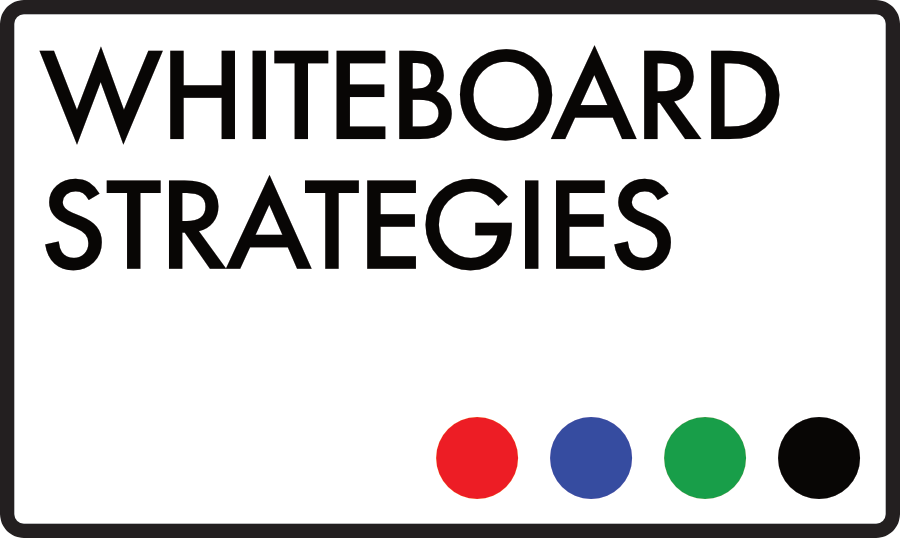I spend a lot of time in a lot of sales departments all over the world. Many of them are regional offices for globally dispersed sales teams, some of them are the main offices for smaller carriers and dynamic start ups. It’s an exciting way to work, and it gives me an industry-wide perspective that might not be as obvious from your position. So, let me share this with you: you’re not the only sales leader trying to shift your teams from transactional relationships with customers to more strategic ones.
Is that news to you? I hope not – I know how easy it is to get your head down in your own work, your own strategy and your own roll outs, but it’s better to be aware of these things. Everyone out there is telling their teams the same things that you are. Everyone’s enablement teams are telling their sales people about pitching value rather than product, about the financial benefits of becoming a trusted advisor, about how value delivery is more important than product or service delivery, and about how the route to true value delivery is establishing significant, lasting relationships with customers. Everyone.
The good news is that everyone is doing it because it’s the right thing to do. Recognising a customer’s requirement in an industry-wide context, making sure that the customer understands their requirement, and then finding a lasting solution that satisfies that requirement can only ever benefit the customer. In turn, that can only lead to a genuine, mutually beneficial relationship that makes everyone money and keeps everyone happy.
The absolute key to making the move from transactional sales to strategic sales, even if you’re trying to completely reposition a sprawling global sales force, is understanding. And this is where you can differentiate your teams from everyone else’s.
You see, understanding doesn’t always come easily or quickly – and that means that a lot of sales teams shy away from it, often encouraged to invest their time in nurturing relationships with a more certain – albeit a more short-term – ROI. People are drawn to easy money, easy conversions, easy closes – in short, people are drawn to transactional sales.
Everyone taking the low road means that there’s more room on the high road for those who put the time in to get there – that Roger Staubach quote that says “there are no traffic jams along the extra mile” couldn’t be more true. A lot of people talk the talk when it comes to strategic sales, but not many are willing to give their teams the time and the space to develop the necessary foundation of understanding to actually get there.
So, what’s the quickest, easiest and most efficient way to improve understanding in both your sales teams and their customers?
You guessed it, by embracing visual communications at all stages of your sales journey, and at all stages of your customers’ buying processes. Give this article on why visual communications work so well when it comes to explaining and understanding complex ideas a read – and then drop me a line.
If your sales teams can make the move, however gradually, into that strategic space with their customers, the numbers will quickly show how worthwhile the investment in understanding has been. Customers will trust your organisation, rely on your organisation, and come to your organisation with more requirements that need solutions. You will be moved up their hierarchy, creating more value for both you and the client. You’ll quickly go from talking to the intern in procurement to talking to the C-Level execs that you struggled to get an audience with early on. All because you’ve put the time in to understand the customer, to understand their requirement, and to offer a genuine solution.
If you can’t move into that strategic space, you’re not much more to your customer than the guy they buy the paper off in the morning, or the girl behind the bar down the road from the office. Remember, to build lasting relationships and maximise your return on the investment made in your sales teams, you need to get strategic. To get strategic, you need to understand your customer’s requirement, you need to ensure that they understand their requirement, and you need to offer them a genuine solution.

Recent Comments